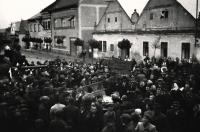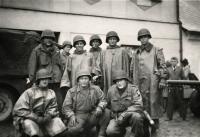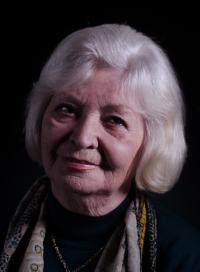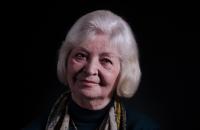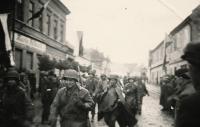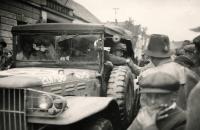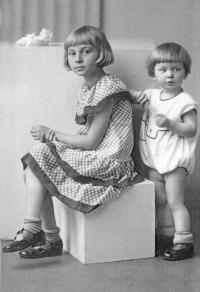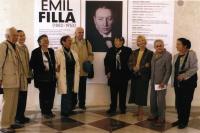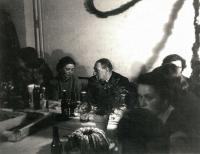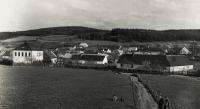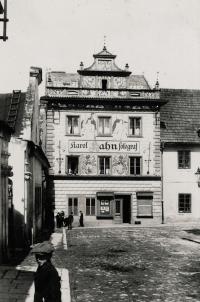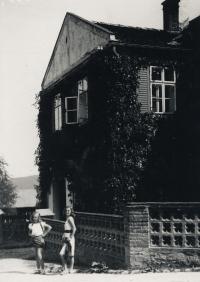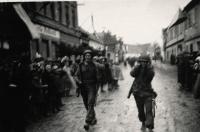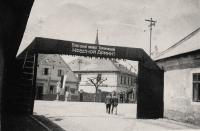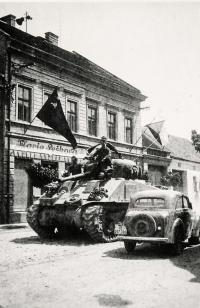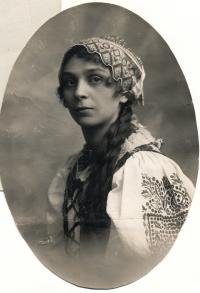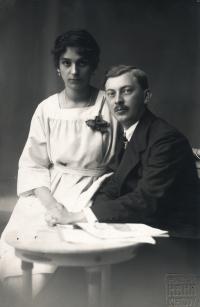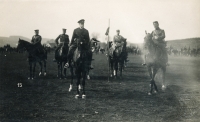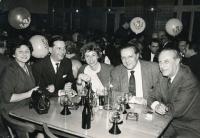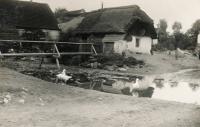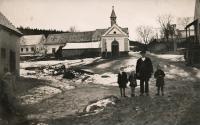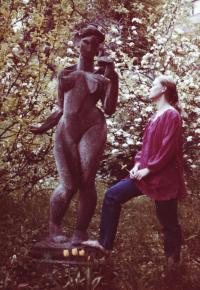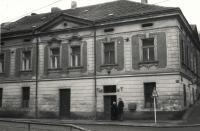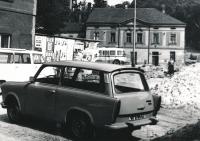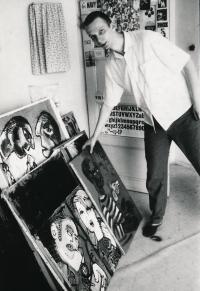To this day I relate music to colors

Stáhnout obrázek
Daniela Benešová was born on 27 September 1929 in Klatovy as the second daughter of Mr. and Mrs. Hahn. She had spent a very happy childhood in Miřenice and later in Janovice nad Úhlavou where her father worked as a teacher. Prior to the war her parents brought her up so as to ensure that she and her sister would develop a good relationship towards the nature and life. They themselves were creative people, carving out puppets for the kids or writing and illustrating a regional chronicle. Following the outburst of the war, Daniela‘s aunt from her mother‘s side left the country with her whole family because of the Jewish descent of her husband Ludvík Kantůrek, a film producer and a friend of Hugo Haas and Jan Werich. Daniela‘s mother‘s mum stayed behind but the Gestapo soon imprisoned her in Svatobořice and she passed away shortly after release. Daniela‘s father was active in the resistance. Fortunately, he was never exposed. In spite of it, the hardships of war and the post-war pressure for him to join the Communist Party left an imprint, and he died as soon as in 1950. Just after the war Daniela applied to a conservatory to study piano playing but was not admitted. Instead, she became fully engaged in drawing and in 1948 was admitted to the Academy of Arts, Design and Architecture in Prague. She used to live with the her uncle who had lost his parents and his sister in concentration camps and only survived thanks to his emigration to the US from where he and his family later returned. Daniela attempted to avoid the totalitarian dictate of communist art themes through exploring marginal topics. She had nevertheless been disappointed in her expectations. In any case she liked very much prof. Emil Filla whose atelier she had attended. She was also enriched by an honorary year spent at the atelier of Antonín Strnadel who introduced her to illustration. Her future husband Karel whom she had met at a summer job in Ostrava also studied there. They got married in 1958 and she eventually gave birth to son Pavel and daughter Petra. Daniela had illustrated over fifty predominantly children‘s books, produced graphic arts and drawings, and always connected colors with music. Her works are included in many galleries and private collections both in the Czech Republic and abroad. She is a member of the Association of Czech Graphic Artists Hollar, Association of Prague Painters and Association of Free Graphics. She and her husband Karel Beneš live and work in Prague.
